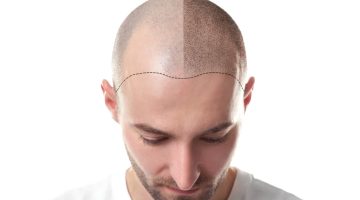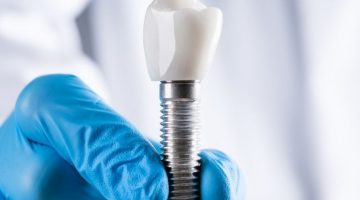Tooth extraction is a common dental procedure, but proper aftercare is essential to ensure a smooth recovery and avoid complications. Whether you’ve had a wisdom tooth removed or a different tooth extraction, following the right steps can help minimize discomfort, promote healing, and reduce the risk of infection. Knowing what to do—and what to avoid—after the procedure is crucial for a speedy recovery. In this blog, we will guide you through the essential do’s and don’ts after a tooth extraction, so you can care for your mouth properly and get back to your routine with ease. Let’s dive into the best practices to follow after your dental procedure and what habits you should steer clear of to ensure optimal healing.
What to do After Tooth Extraction: Tips to Support the Healing Process
After a tooth extraction, following proper aftercare instructions is crucial to ensure a smooth and speedy recovery. One of the first things to do is to bite down gently on the gauze pad placed over the extraction site for at least 30 minutes to help stop any bleeding. Applying a cold compress to the outside of your face during the first 24 hours can also help reduce swelling and numb any discomfort. It’s important to rest and avoid physical exertion for the first few days to allow your body to heal. Maintaining proper oral hygiene is key, but be careful not to brush the extraction site directly for the first few days. Instead, rinse your mouth gently with warm salt water after meals to help keep the area clean and prevent infection. Drinking plenty of water is essential to stay hydrated and aid the healing process, but avoid using straws, as the suction can disrupt the blood clot that forms at the extraction site. Additionally, try to stick to soft foods like yogurt, mashed potatoes, or smoothies to avoid irritating the area. Following these tips will help promote healing, minimize complications, and get you back to your normal routine in no time. Learn more in our article Post-Extraction Care: What You Need to Know.
What Not to Do After Tooth Extraction: Behaviors to Avoid
While recovery from tooth extraction requires careful attention, there are certain behaviors you must avoid to ensure proper healing and prevent complications. First and foremost, avoid smoking or using tobacco products for at least 48 hours after the procedure. Smoking can interfere with blood clotting, increase the risk of infection, and slow down the healing process. Similarly, don’t use straws for drinking, as the suction can dislodge the blood clot that forms in the extraction site, leading to a painful condition called dry socket. It’s also important to avoid vigorous physical activity and heavy lifting for a few days, as this can increase blood flow to the extraction site, potentially causing more bleeding or swelling. Refrain from touching or probing the extraction site with your fingers or tongue, as this can introduce bacteria and cause infection. Lastly, don’t consume hot foods or drinks immediately after the extraction, as they can irritate the wound and cause discomfort. For additional insights, read Dry Socket Prevention: Tips and Tricks.
Nutrition After Tooth Extraction: Which Foods Should You Avoid?
After a tooth extraction, your body needs proper nutrition to support the healing process, but certain foods can hinder recovery or cause discomfort. First, avoid hard, crunchy, or chewy foods such as nuts, chips, and raw vegetables, as they can irritate the extraction site or get stuck in the wound, increasing the risk of infection. Hot foods and beverages, including soups, coffee, and tea, should also be avoided during the first few days, as they can cause discomfort and may irritate the healing tissue. Spicy foods are another culprit to steer clear of, as they can cause inflammation and sensitivity in the extraction area. Similarly, acidic foods like citrus fruits, tomatoes, and vinegar should be avoided, as they can irritate the sensitive tissues and delay healing. It’s also best to stay away from alcohol and carbonated drinks, as these can dehydrate you and interfere with the blood clotting process. For more advice on foods to include or avoid, check out Post-Extraction Diet: What to Eat and What to Skip.
Follow-up Appointments After Tooth Extraction: When Should You Go?
Follow-up appointments after a tooth extraction are essential to ensure that your healing process is progressing as expected and to address any potential complications. Typically, your dentist or oral surgeon will schedule a follow-up visit about one week after the procedure to check the extraction site, remove any stitches if necessary, and ensure that the blood clot remains intact. If you experience unusual symptoms, such as prolonged pain, swelling, or signs of infection, you may need to schedule an earlier appointment. It’s also important to follow any specific instructions provided by your dental professional, as follow-up appointments may vary depending on the complexity of the extraction. In some cases, a second follow-up appointment may be needed a few weeks later to monitor the healing process, particularly if the tooth extraction was more complex or involved impacted wisdom teeth. For more details, visit Why Follow-Up Appointments Are Crucial.












Leave a Reply